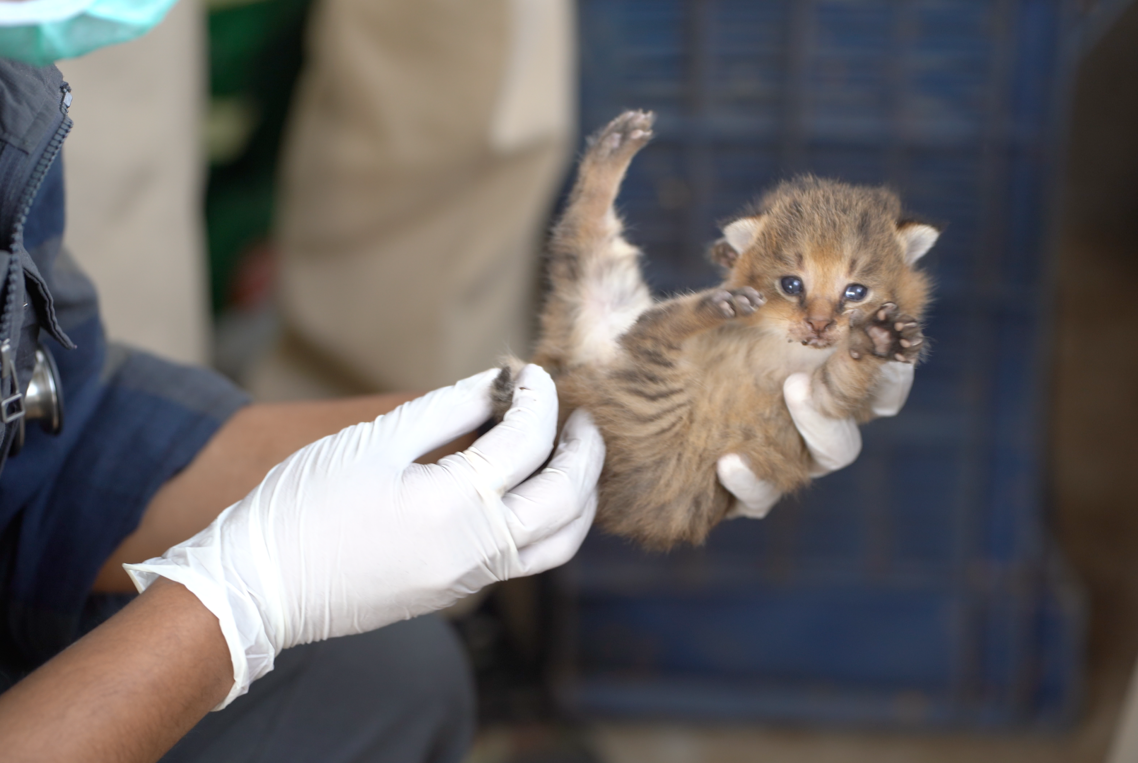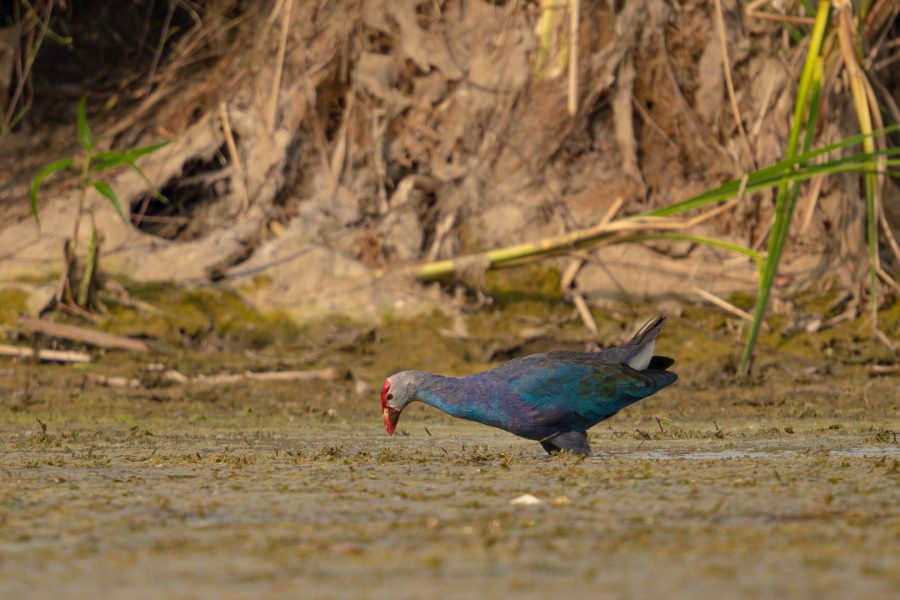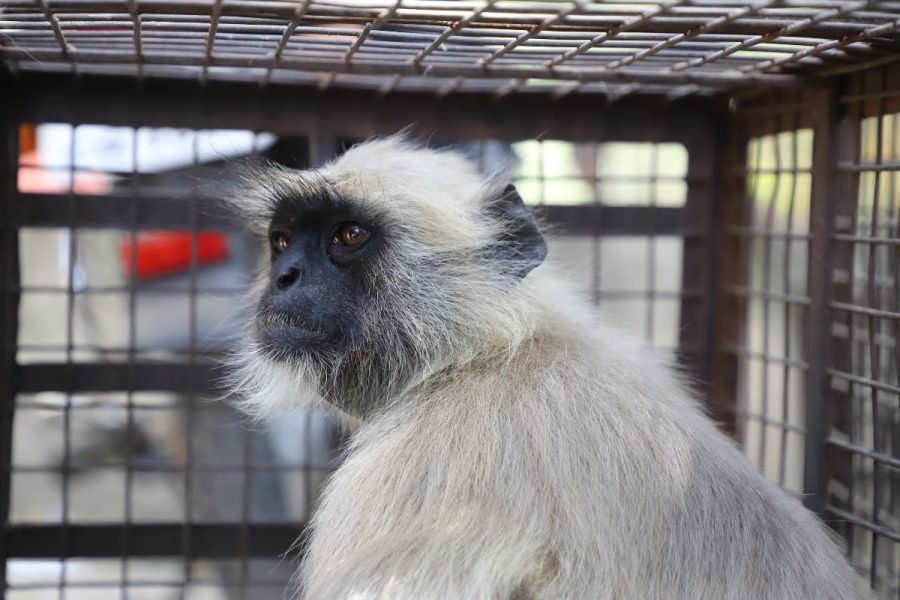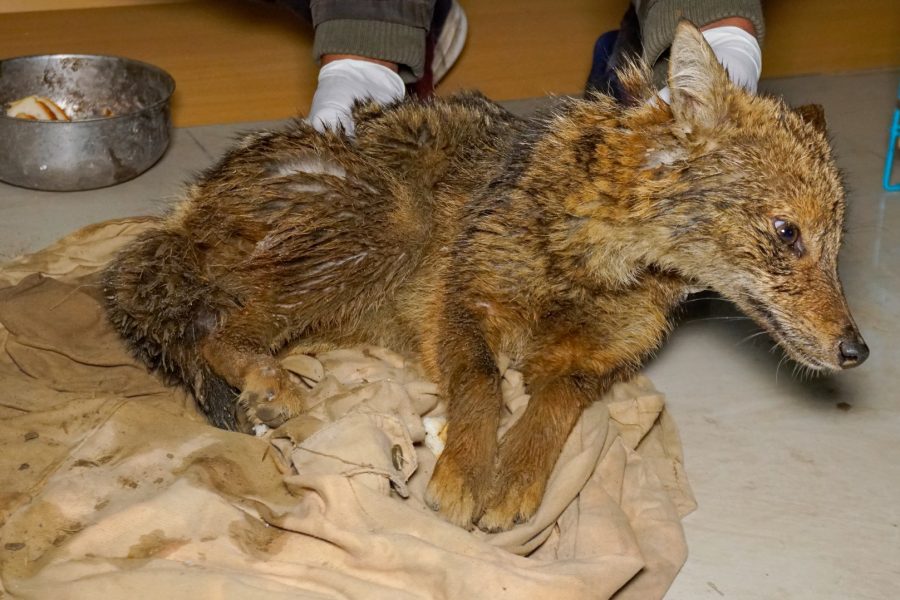Did you know that India is home to more wild cats than anywhere else in the world? The Indian subcontinent has 15 distinct species of wild cats. However, most of these felines take a backseat when the charismatic megafauna among them attracts the limelight. One such species is the jungle cat (Felis chaus), which finds itself among the 10 lesser-known small wild cat species of India. Most fail to identify this species at first glance, but jungle cats have a more widespread distribution than its peers across the country. Read on as we zoom in on interesting facts about this fascinating feline!
Their Habitat
The jungle cat population spreads across the continents of Asia and Africa. The common misconception is that jungle cats are found only in jungles. Contrary to its name, the jungle cat is not primarily linked to forests, but is known to have an affinity for moist environments instead. This is why jungle cats in Africa are also known as swamp cats or reed cats. In India, they reside in the country’s diverse biospheres, which include deserts, lowland forests and deep jungles. It also thrives in wetlands, scrublands, grasslands, and swamps with dense vegetation of reeds, and zones at the edge of large water bodies. They may also inhabit patches of scrub vegetation in agricultural regions, as well as sugarcane plantations.
Their Appearance
Jungle cats are medium-sized felines with long legs. They are larger, yet thinner, than domestic cats. They have huge, tufted, pointed ears that are reddish brown in colour. Their eyes have yellow irises and elliptical pupils. While their muzzles are white, their face is long and thin, and their throat is of a pale tone. Their belly area is a lighter shade than the rest of the body, and their short tail has a pattern of rings and a black tip at the end. The female cats are known to be lighter and smaller than the males.
Their Behaviour
Jungle cats rub their faces and claws against trees to leave their scent as a way to mark their territory. Along with this, urine spraying is another method used by jungle cats to indicate their domain. They are solitary animals, but a pair in the wild may be spotted with their kittens. These cats are mostly carnivores, and primarily consume prey weighing less than one kilogram. While they feed on small mammals, studies conducted in India of their faecal matter have noted that rodents are what they most prefer to eat. The jungle cat is a diurnal species that mostly hunts in the early hours of morning and during those hours when heat is not at its peak. While it sleeps in scrubs, thickets of grass, and inside burrows, it chooses to relax out in the open while basking in the sun on cold winter days. Like all cats, jungle cats hiss and purr to communicate, but unlike most felines, these cats highly enjoy diving into water! Jungle cats are skilful swimmers in the water bodies that exist in their habitat.
Threats to Jungle Cats
The IUCN Red List places jungle cats in the Least Concern category, however, their population is shown to be declining. These small cats are prone to several threats due to rising anthropogenic pressures. Within human-dominated agricultural landscapes, mechanised farming practices and rodent control measures aimed at safeguarding crops risk the survival of jungle cats residing in the vicinity. And that’s not all. Vehicle collisions and the presence of feral dogs also pose danger to jungle cats that find themselves within urban spaces.
In India, lack of awareness has caused small wild cats becoming frequent targets of retaliatory killings or attacks. They are often mistaken by most to be deadly felines. Farmers attempt to eradicate jungle cats, rusty-spotted cats, and fishing cats, believing them to be progeny of the big cats of the wild. This has also led the pastoral communities to resort to killing cats such as Eurasian lynx and jungle cats in order to protect their cattle. Furthermore, a cursory glance of jungle cat kittens can lead one to believe that they are leopard cubs, especially due to similarities in size, colouration, and markings.
Such ignorance has led Wildlife SOS to step in and play a crucial role in rescuing, treating and releasing injured or displaced jungle cats back into their natural habitat, and informing locals about the existence of this species as well.
Wildlife SOS Rescues Jungle Cats
In December 2023, Wildlife SOS and Gujarat Society for Prevention of Cruelty to Animals (GSPCA), together with the Gujarat Forest Department, effectively saved two jungle cat kittens in Uthiya Village, Vadodara, Gujarat. Initially thought to be leopard cubs, a concerned villager informed authorities that eventually led to the identification and rescue of the kittens. Following a comprehensive on-site medical assessment by the veterinary team, the kittens were entrusted to the forest department for their safety and overall welfare.
Recently in February, Wildlife SOS received a call from a farmer who found a cat stuck within a 20-foot-deep borewell in Agra. Our rescue team arrived at the spot, and identified the victim as a jungle cat. However, this was a highly challenging situation as it involved pulling out an anxious cat safely. To carry this out effectively, a trap cage was cautiously lowered into the well by our team.
Initial attempts were met with resistance by the cat, but after over two long and patient hours, our dedicated team successfully rescued the male jungle cat. A brief on-site checkup was then performed to make sure the cat was fit.
Small wild cats in India are highly understudied species, which is why knowledge about them is paramount in order to protect their numbers from falling. In case you encounter any animal in distress, and are based out of the following locations, please reach out to us immediately:
Delhi-NCR: +91-9871963535
Agra, Uttar Pradesh: +91-9917109666
Vadodara, Gujarat: +91-9825011117
Jammu And Kashmir: +91-7006692300 or +91-9419778280





